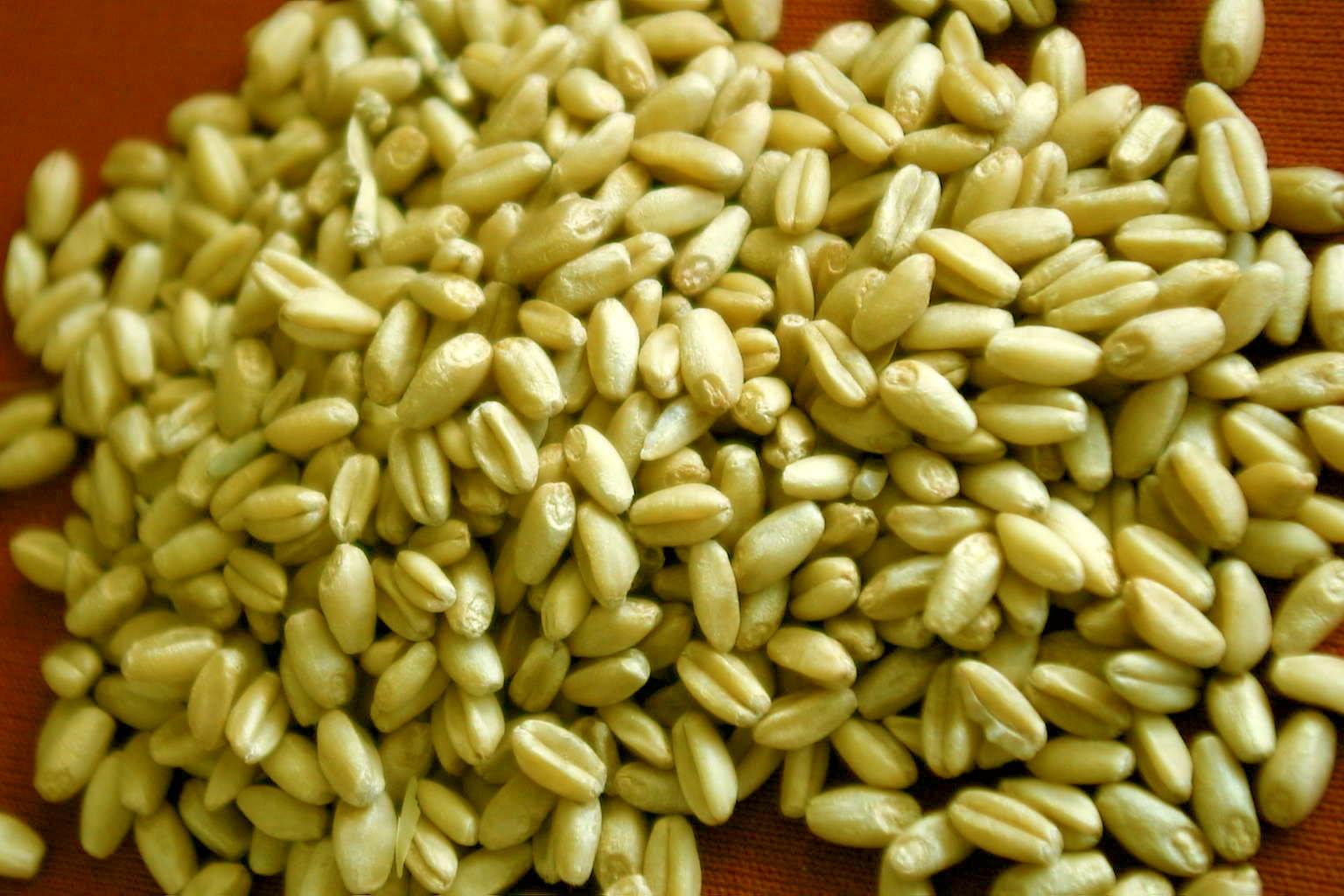This month’s WASDE brings some alterations to demand
Posted by Anderson Grain Marketing on Nov 13, 2012 in AGM News | 0 comments
It has been a mixed week for the grain markets over the last seven days (just for a change). London LIFFE feed wheat soared towards the end of last week, with ex-farm values for spot feed wheat equating to around £216-8/T. The May 2013 London feed wheat future soared to £229/T (around £223/T ex-farm), whilst pre-harvest movement would have easily made £225/T ex-farm.
Feed wheat for November 2013 briefly touched £190/T ex-farm, whilst harvest movement straight off the combine was comfortably £180-2/T ex-farm; tempting for wold growers with relatively slug free established plants – but perhaps not quite tempting enough for the majority of you struggling to get winter acreage in the ground.
Friday afternoon however brought the release of this month’s WASDE (world agricultural supply and demand estimates), courtesy of the US Department of Agriculture, and a subsequent (and fairly rapid) price decline.
The estimates brought, as expected, various downgrades to crops all over the world – both the ones in the ground ready to be harvested, and those that have already been harvested and are now safely in the shed. Recalculations of crops harvested across Russia, Europe (particularly the UK, Germany, France) and America brought reduced tonnages and thus alterations to their export potential. Concerns we also raised for looming harvests both in an increasingly dry south-western Australia and a seemingly too wet South America.
It wasn’t these downgrades however that caught the attention of the grain markets (perhaps unfortunately so for those of you who missed out on last week’s £220/T). It was the alterations to consumption – the demand aspect rather than the supply – which took centre stage.
A ‘westernisation of diet’ is a concept used by the markets to explain rising demand for grain products in the Far East. Grain fed meats (particularly poultry and pork) have been gradually integrated into more traditional diets for several years now and thus demand for grain (to feed the livestock in the first place) has simply soared.
There is however a slight catch to this concept; a western diet is only ever attractive at an attractive price. When grain is in plentiful supply and livestock is fed with grain at £120/T, the odd pack of sausages doesn’t exactly cost the world and can be simply integrated into a traditional diet. But when grain is topping £220/T, westernised products are at a premium to more traditional foods – and simply cannot be afforded.
So although the supply may be decreasing and prices are on the up – the demand seems to be adjusting accordingly. Friday’s estimates confirmed that demand for global wheat feeding is reduced by 2.5M/T and global maize corn feeding is reduced by over 3.2M/T – that equates to the amount lost across France, Germany, the UK and Poland due to poor yields this harvest.
As a result, markets have since retreated £6/T across the board (both old and new crop), pushing ex-farm values back to £210/T for spot collection. Feed barley prices have also retreated, maintaining its £15-20/T discount to feed wheat. Oilseeds have additionally followed suit with OSR for pre-Christmas collection barely making £360/T ex-farm, and new crop for collection off the combine now at £320/T ex-farm.
I’m not saying that this price retreat indicates a sign of things to come (prices ‘retreating’ to £210/T is hardly the end of the world anyway), but it does indicate just how quickly the market can fall – and as with the fairground rollercoaster, the ride down is always faster than climb up.
